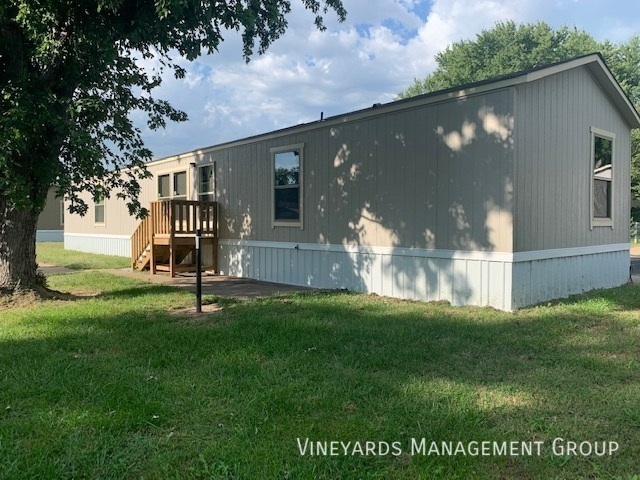What Does EPA 402-R-93-078 Radon Mitigation Standards - WBDG Mean?


Radon Mitigation Auburn, WA - Foundation Repair Services - Updated 2020
The Best Guide To Pittsburgh Radon Mitigation Home Radon Pros

Any procedure used to lower radon gas concentrations in the breathing zones of occupied buildings, or radon from water supplies Radon mitigation is any procedure used to decrease radon gas concentrations in the breathing zones of occupied structures, or radon from water supplies. Radon is a substantial contributor to ecological radioactivity. Mitigation of radon in the air is accomplished through ventilation, either collected below a concrete floor slab or a membrane on the ground, or by increasing the air changes per hour in the structure. Treatment systems utilizing aeration or activated charcoal are readily available to eliminate radon from domestic water products.

Radon Mitigation Iowa - AmeriServ Radon Mitigation
Variation of ambient air radon concentration over one week, measured in a lab The primary step in mitigation is evaluating to see if the indoor-air and/or domestic water radon concentrations need to be minimized. No level of radiation is considered completely safe, but it can not be completely eliminated so federal governments around the globe have set different action levels to offer guidance on when radon concentrations should be lowered. The World Health Organization's International Radon Task has suggested an action level of 100 Bq/m3 (2. 7 p, Ci/ l) for radon in the air. Radon in the air is considered to be a larger health danger than radon in domestic water so the United States Epa recommendation is to not check for radon in water unless a radon in air test is above the action level.

Radon Mitigation Systems Rockford Illinois- Radon Reduction Technologies
The US federal government has not set an action level for radon in water. Clarity Inspections & Radon -radon levels vary naturally on a day-to-day and seasonal basis. A brief term test (90 days or less) may not be a precise evaluation of a home's average radon level, but are suggested for initial screening to rapidly determine unhealthy conditions. Short-term weather such as wind and changes in barometric pressure can affect short-term concentrations in addition to ventilation such as open windows and the operation of exhaust fans. Checking for radon in the air is accomplished using passive or active gadgets put in the structure. Some devices are promptly sent out to a laboratory for analysis, others compute the outcomes on-site.
